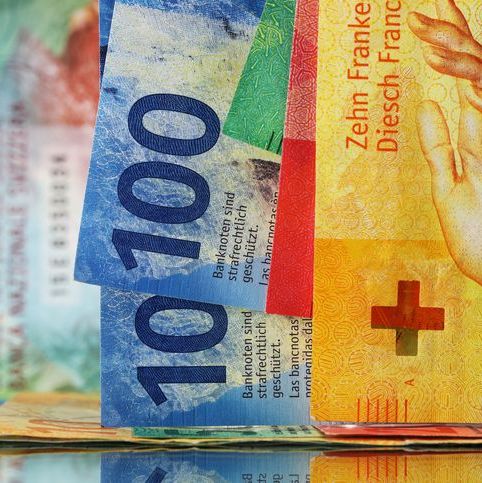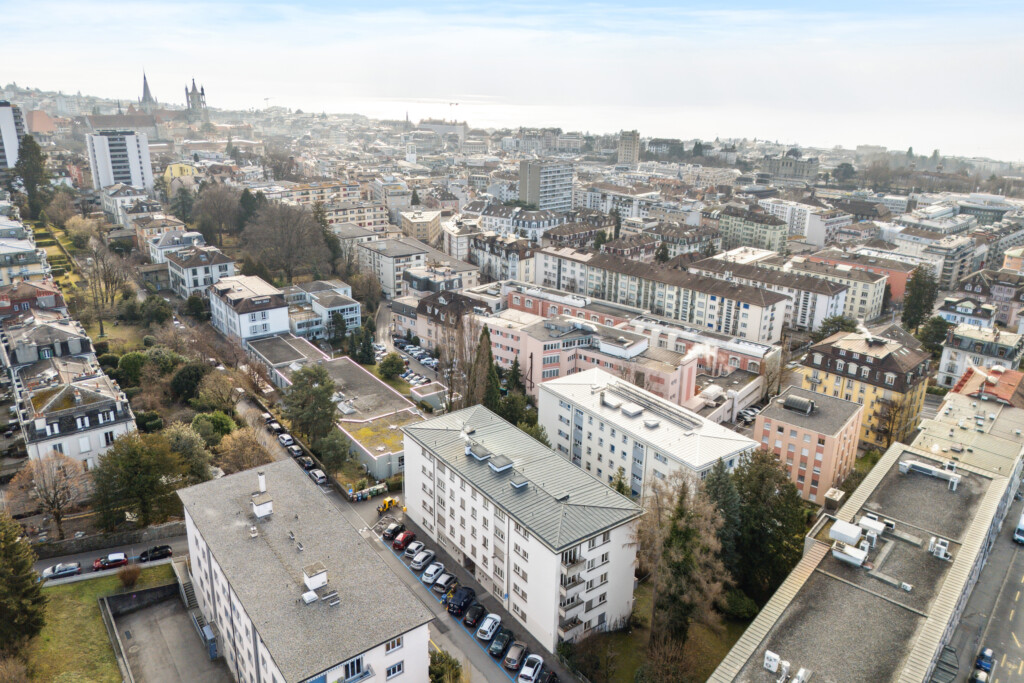Article published in Le Temps, May 12, 2025
The faster-than-expected slowdown in inflation, as well as the appreciation of the franc, are increasing the likelihood of a return to negative interest rates. But the SNB’s use of this tool will also depend on the evolution of U.S. trade policy.
- Recent inflation data increases the probability of the introduction of negative rates.
- Some specialists believe that the SNB will only resort to negative rates as a last resort.
- Other observers expect the introduction of this tool in the short term.
Once again, Donald Trump will have an impact on the Swiss economy. This time, he will partly influence the decision of the Swiss National Bank (SNB) to lower or not its key interest rate, which currently stands at 0.25%, below the symbolic 0% threshold by the end of the year.
“The probability that the SNB will introduce negative rates has indeed increased with recent inflation data. But the negotiations that the United States is conducting with its various trade partners will weigh heavily in the balance,” says GianLuigi Mandruzzato, senior economist at EFG Bank. The evolution of the Swiss economy, which is heavily export-oriented, will indeed be determined by the health of its main markets, which are the European Union, the United States, and China.
Temporary Negative Inflation
To everyone’s surprise, April’s consumer prices, published on Monday, remained stable year-on-year, whereas an increase between 0.1% and 0.3% had been expected. The inflation rate thus came in at 0%, while in March it was still at 0.3%. “It is very likely that negative inflation will be recorded starting in May, perhaps lasting two to three months, due to the evolution of oil prices. But this effect should only be temporary,” adds the specialist.
With the recent consumer price figures, it is thus almost certain that the SNB will reduce its rate to 0% at its next monetary policy meeting scheduled for June 19. What happens next remains in many respects uncertain, even though the pressure on the institution responsible for price stability is increasing, argues GianLuigi Mandruzzato.
Strong Franc
The appreciation of the franc, considered a safe haven in times of uncertainty, makes the situation particularly complex for the SNB. Applying negative rates would make the Swiss currency less attractive to investors and would support exports. One dollar currently equals only 0.82 francs, compared to 0.91 at the beginning of the year. The euro, however, has remained almost stable at 93 centimes during the same period, despite a temporary strengthening to around 97 centimes in March.
EFG Bank nevertheless believes that negative rates are a tool the SNB will use only as a last resort because it comes with many disadvantages. This instrument penalizes the savings of citizens but also of companies and institutional investors such as pension funds. Banks’ ability to grant loans is also reduced, thereby harming economic activity.
“Before introducing negative rates, the SNB can intervene in the foreign exchange market to weaken the franc,” says GianLuigi Mandruzzato. Furthermore, the Swiss economy, although performing below its multi-year average, should not enter a recession in 2025, according to the latest estimates.
Negative Rates in the Short Term
Other specialists, however, believe that the introduction of negative rates is imminent. “The market expects negative rates from the SNB by the end of this year, at -0.25%,” notes Michel Dominicé, of the Geneva-based asset management firm that bears his name. Financial instruments linked to SARON, which reflects the overnight lending rates of Swiss financial institutions, have already closed at a negative level a few days ago, he points out.
Financial instruments linked to SARON, which reflects the overnight lending rates of Swiss financial institutions, have already closed at a negative level a few days ago, notes Michel Dominicé.
Known for investing in alternatives, real estate, and behavioral market biases, Michel Dominicé even expects a faster return of negative rates, towards an even lower level — and one that will remain low for a long time.
Firstly, because of the shift from industrial capitalism to what he calls “the knowledge economy.” On one hand, a company that creates software requires less initial investment than an industrial group that needs to build factories. On the other hand, savings are more abundant because the middle classes need to prepare for longer retirements. The balance between investment demand and capital supply has therefore changed, which is reflected in the interest rate: “In industrial capitalism, the real equilibrium rate was between 2 and 3%; it has become negative in Switzerland and in other currencies with the shift to the knowledge economy.”
Read also: Is Switzerland Headed Back Toward Negative Interest Rates? | Dominicé
Deflationary Pressure
Another fundamental trend: this evolution in the structure of the economy generates deflationary pressure. Taking the example of software: “The design cost is high but the production cost is low — producing one more software unit, what we call marginal cost, is low, and increased price transparency puts downward pressure on prices,” continues Michel Dominicé.
The last factor, in his view, that argues for a return to negative rates in Switzerland in the near future is more cyclical: In times of financial stress, the Swiss franc is always particularly sought after by investors. The uncertainty triggered by Donald Trump’s decisions is thus pushing the dollar down against the franc. He also points out that negative inflation is problematic for the middle class, whose incomes may fall if they are indexed to price changes.
When reminded that the first era of negative rates, between 2015 and 2022, did not succeed in truly reviving the economy — essentially forcing commercial banks to lend — Dominicé primarily notes that: “The catastrophe of negative inflation and a strong appreciation of the franc was avoided.”
Read also: Towards a Return of Negative Interest Rates in Switzerland | Dominicé


